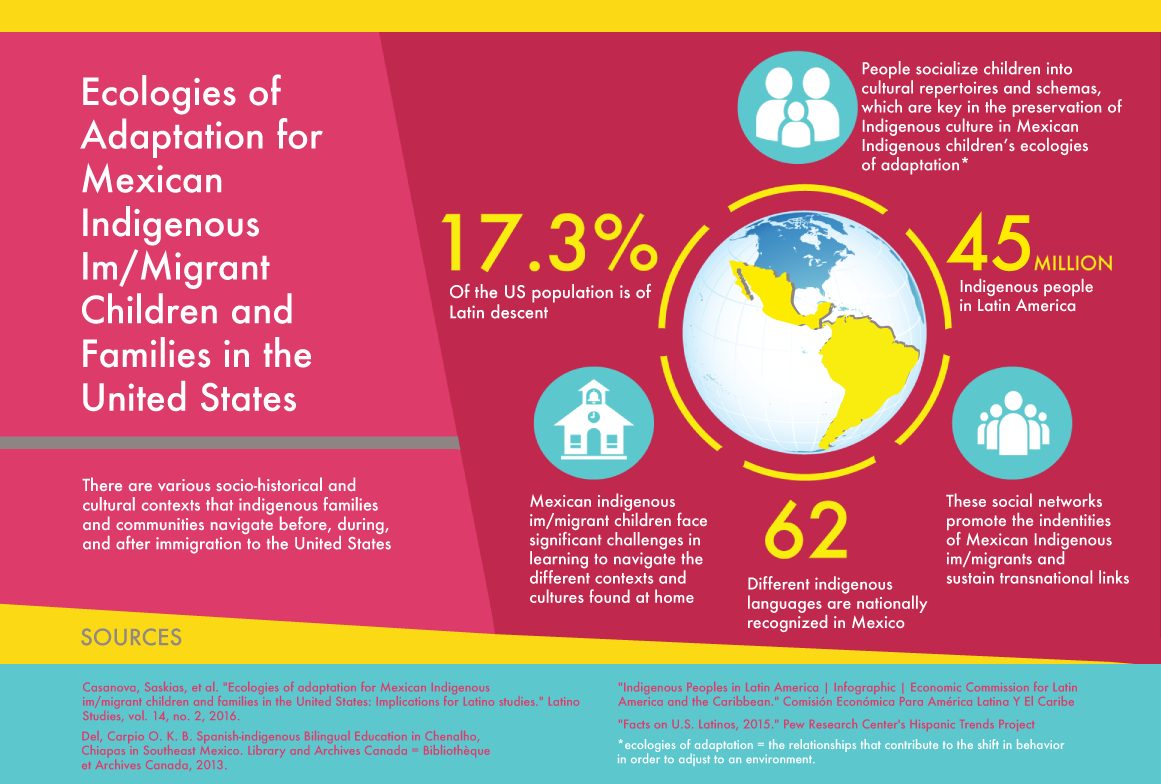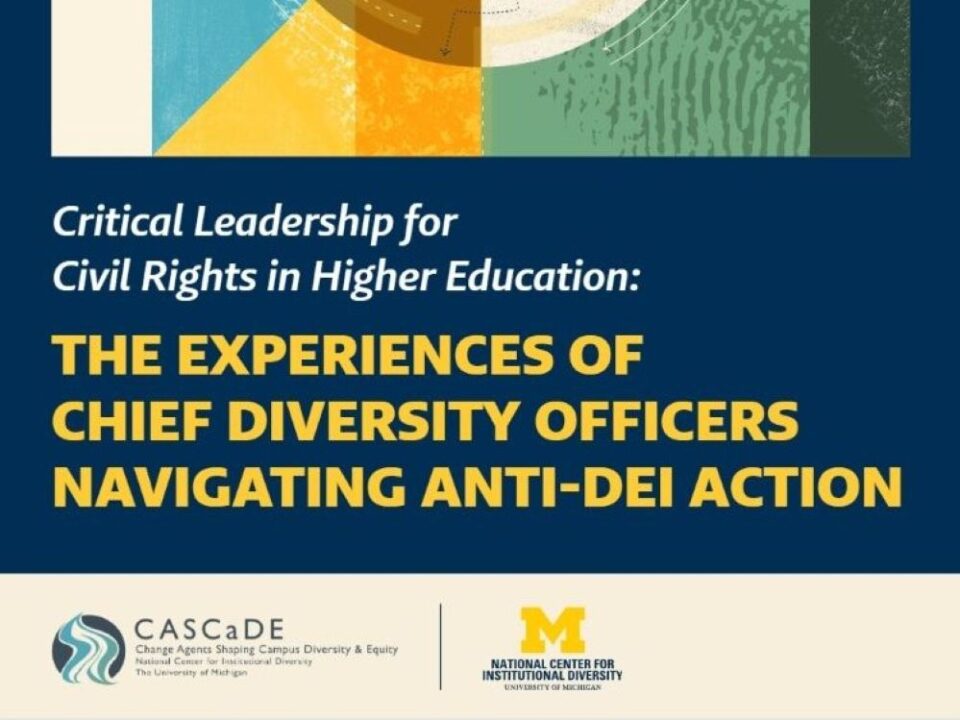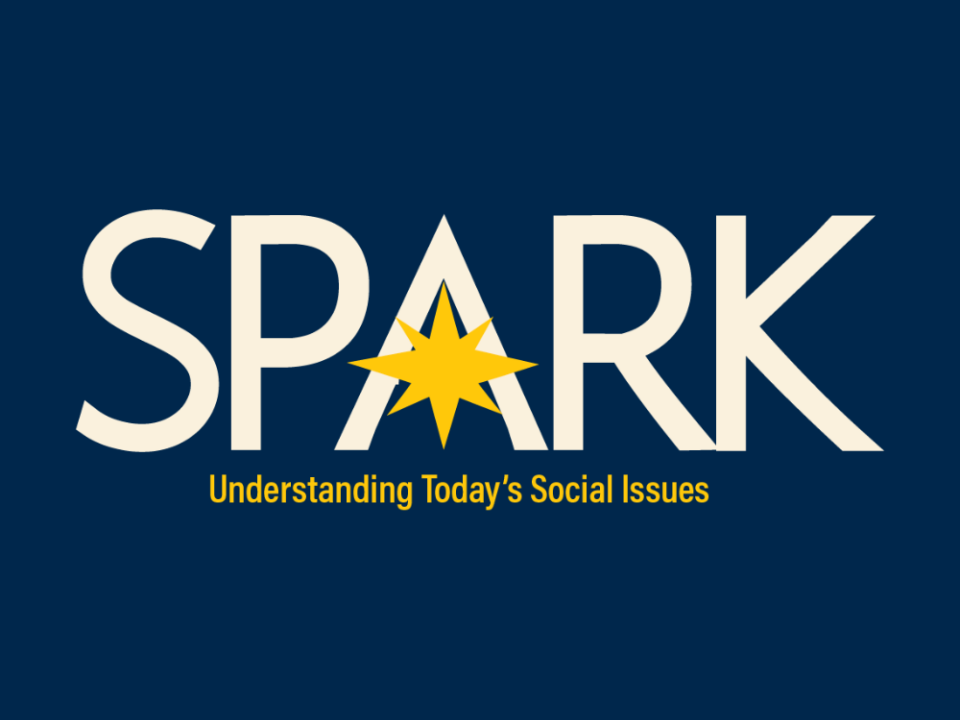- About
- News
- Events
- Initiatives
- Anti-Racism Collaborative
- Change Agents Shaping Campus Diversity and Equity (CASCaDE)
- Diversity Scholars Network
- Inclusive History Project
- James S. Jackson Distinguished Career Award for Diversity Scholarship
- LSA Collegiate Fellowship Program
- University Diversity & Social Transformation Professorship
- Publications & Resources
- About
- News
- Events
- Initiatives
- Anti-Racism Collaborative
- Change Agents Shaping Campus Diversity and Equity (CASCaDE)
- Diversity Scholars Network
- Inclusive History Project
- James S. Jackson Distinguished Career Award for Diversity Scholarship
- LSA Collegiate Fellowship Program
- University Diversity & Social Transformation Professorship
- Publications & Resources
NCID Partners With Academic Innovation to Produce Teach-Outs on Free Speech
February 1, 2018
March–August 2018 Pop-Up Grant Recipients
March 1, 2018Scholar Story: Saskias Casanova
"There's a challenge of invisibility and also a challenge of vulnerability." —Saskias Casanova
by Kevin Calhoun
How does being within the margins of multiple identity categories impact Mexican Indigenous im/migrant children? According to Saskias Casanova, “When they're around peers that are of Mexican or other Latinx descent, they still experience more discrimination and feel more distressed because of it, and then that has implications in terms of mental health and performance in school.”

Dr. Casanova is an assistant professor of culture, language, and learning at the School of Transborder Studies and a faculty affiliate at Mary Lou Fulton Teachers College at Arizona State University. Her interest in the adaptation and socialization process of Indigenous immigrant children and students who negotiate multiple social identities led her and her colleagues to the expand upon the socio-ecological systems theory.
This interview has been edited for clarity and length.
What is your research focus?
My research focuses on trying to understand the experiences of, and the intersections of racial and ethnic identity, within a community. I am looking to untangle intersections of how micro-systemic interactions impact the psychological processes and educational outcomes of immigrant origin students, but in particular Latinx communities. This is very relevant in terms of the fact that the Latinx population is 17% of the US population, so I really focus on the idea of shifting our focus from fitting all Latinx people within a box and instead counter the limited social representations in the media of this racially and ethnically heterogeneous group.
Part of my research is to shed light on specific needs that can inform educators working with Latinx, and immigrant origin students. Another part of my research examines adaptation, and how being within the margins of multiple categories can truly impact the adaptation of students. In addition, I also look at the agency and the resilience of the community. I definitely want to make sure that my focus isn't just on exposing these micro systemic stigmatizing interactions, but also how the students respond, and resist in many ways, with developing resilient identities.
In our article “Ecologies of adaptation for Mexican Indigenous im/migrant children and families in the United States: Implications for Latino studies”, my colleagues and I engage in this expansion of what we within the psychological community call socio-ecological systems theory. Basically this theory is used by psychologists to understand how a person develops within different systems in which reciprocal interactions based on systemic influences impact their day-to-day experiences.
But there was something missing in terms of how you incorporate the contexts that exist in immigrant families, which include this idea of transnationalism and not only existing in one space. We wanted to delve deeper into what Indigenous Mexican youth are facing in these cultural spaces in the United States. When they come to the United States, all of a sudden, they're placed in a racialized box. Before they may identify with their specific Indigenous group like Maya-Yucateco. This is something that they have to negotiate that may have not been as evident or as explicit in their home countries.
What we were trying to find was a deeper understanding of this whole adaptation process and socialization process that happens with these Indigenous immigrant children and students. We wanted to understand the role that community and family and certain settings like schools play in their negotiation of multiple social identities. In the contexts of the United States, they're put in various categories: immigrant, Latino, Latina, Mexican. But a lot of these kids and families, when you ask them about their lived experiences, they describe an identity that speaks more to their Indigenous practices and Indigenous language than anything else.
What prompted you to examine this topic?
I'm an Indigenous scholar. I was born in a rural area in Mexico where the community was Indigenous Yucatec-Maya. My family and I came to the United States when I was very young. In my experience, I was raised an Indigenous, collective space where my parents were always talking about our Maya heritage. When I went to school that identity completely disappeared.
When I was in college, I started to reflect in general on my experiences as a first generation college student and my and my siblings experiences, and how they differed. I really became motivated, as an undergraduate, to understand my social identities. This prompted me to go into psychology, and specifically at that point into social psychology. Within this area, I learned more about social identity theory, yet I found this area of psychology did not have a lot of research on Latinx and specifically, Indigenous Latinx communities. I would read ethnic identity and racial identity in general for Latinx populations, Black populations, Native American populations, and I was like, well what does that mean for people like me?
After a while, I also started to work within the Indigenous Latinx communities in California and saw how cultural organizations would have programs that not only would teach English or provide aid for getting your citizenship, but they also taught Indigenous languages classes. There were these ways that these intersections were coming together that I was very interested in because again, I wanted to see how Indigenous Latinx students engaged in what Indigenous or Native American studies scholars call survivance and how they persisted. That's really where I started my research.
What are the key takeaways of your work?
I think one main takeaway is creating awareness of these Indigenous Latinx students and the different experiences they have as compare to non-Indigenous Latinx students. I don't know how many of the readers will particularly know about this particular population. Yet, their growing presence in the US is reflected in our schools in particular in states like California, Oregon, Arizona, etc. For example, many Mexican Indigenous families migrate from rural areas of Mexico to rural areas in California and Oregon to work in the farming field picking seasonal vegetables and fruits. Others settle in urban areas and work in low-wage housekeeping and custodial jobs or as cooks. Some of us may be their children’s teachers or healthcare providers.
Another key takeaway is trying to understand the intersection of ethnoracial identity within the context of Latinx communities, and what it means to be a part of a marginalized group within a marginalized group. That invisibility.
I also think, just in general, trying to understand what the consequences are of the stigmatized, discriminatory, or racist interactions that these students face because of their indigeneity. Whether it's coming from their peers or coming from adults that they encounter at school, it can really have negative mental health and academic consequences. That’s what I want the readers to gain — an understanding of these intersections of indigeneity and immigration.
Are you interested in Dr. Casanova’s work? Visit her profile here.




